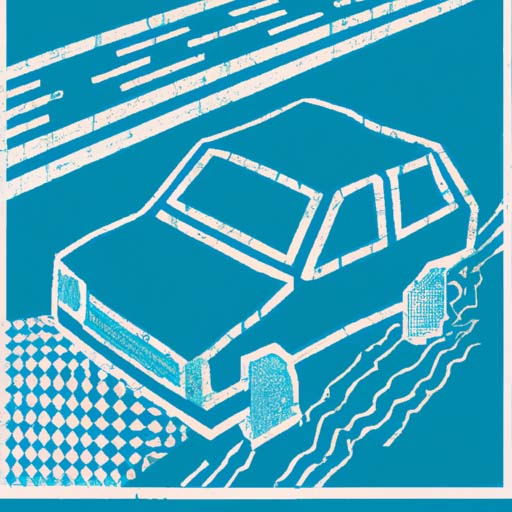The art and science of restoring vintage vehicles
Reviving classic cars is not merely a hobby; it is a passion project that combines artistry and engineering. Restoring vintage vehicles allows enthusiasts to travel back in time, immersing themselves in the history and craftsmanship of a bygone era. The allure of breathing new life into these timeless beauties is irresistible to those who appreciate the art of automotive design and the thrill of the open road. In this article, we delve into the intricacies of reviving classic cars – from the excitement of finding the perfect project to the challenges and rewards of bringing history back to life.
The joy of the hunt
Reviving a classic car begins with the thrill of the hunt. Combining detective work with a love for history, enthusiasts scour online listings, classified ads, and even old barns in search of that perfect gem hidden beneath layers of dust and neglect. This process of finding the diamond in the rough is like discovering buried treasure; the potential and possibilities of each find is exhilarating.
Choosing the right project
When it comes to choosing the right project, the options can be overwhelming. The world of classic cars is vast, ranging from iconic muscle cars to elegant roadsters. Enthusiasts must consider factors such as budget, availability of parts, and personal preference. To narrow down the choices, it is advisable to start with a make and model that ignites a fervor within the restorer. Remember, restoring a vintage vehicle is a labor of love, and choosing a car that holds personal significance adds an extra layer of motivation.
Unraveling history’s mysteries
Once the perfect project is chosen, the restoration process begins. This is where the art and science of reviving classic cars truly shine. Restorers become detectives, piecing together the historical puzzle of their chosen car. Hours are spent researching, consulting experts, and scouring documentation to ensure every detail is historically accurate.
From worn-out to showroom ready
The restoration process itself is a delicate balance between preserving the original character of the vehicle and incorporating necessary upgrades for safety and functionality. This includes everything from meticulously sanding and repainting the body to sourcing vintage parts. Attention to detail is paramount; every dent, scratch, or upholstery tear must be carefully restored to bring the vehicle back to its former glory.
The road to completion
Reviving a classic car is not for the faint of heart. It requires perseverance, patience, and a strong dose of determination. Along the way, restorers may encounter numerous challenges – from hard-to-find parts to unexpected mechanical issues. However, with each hurdle overcome, a sense of accomplishment and pride grows. And when the time comes to turn the ignition and hear the engine roar back to life, the joy and satisfaction are unparalleled.
Preserving history for future generations
Reviving classic cars is more than just a personal endeavor; it is a commitment to preserving history for future generations. Restorers take on the responsibility of keeping the stories and craftsmanship of these vehicles alive, ensuring that the artistry and ingenuity of the past are not forgotten. Their passion projects fuel the appreciation and admiration for classic cars, allowing others to experience the same magic that has captured the hearts of enthusiasts for decades.
In conclusion
Reviving classic cars is a passion project that goes beyond restoring metal and rubber. It is an opportunity to connect with history, indulge in the beauty of automotive design, and experience the satisfaction of breathing life back into timeless machines. From the excitement of the hunt to the challenges on the road to completion, those who embark on this journey become caretakers of history, ensuring that the art and science of vintage vehicles will continue to captivate generations to come.
